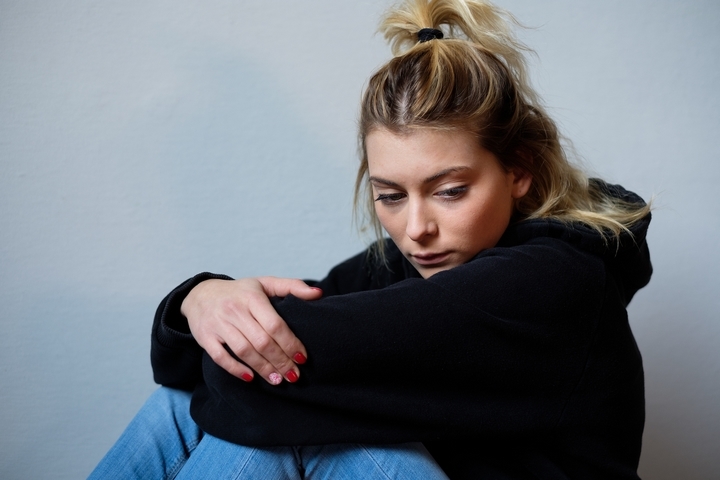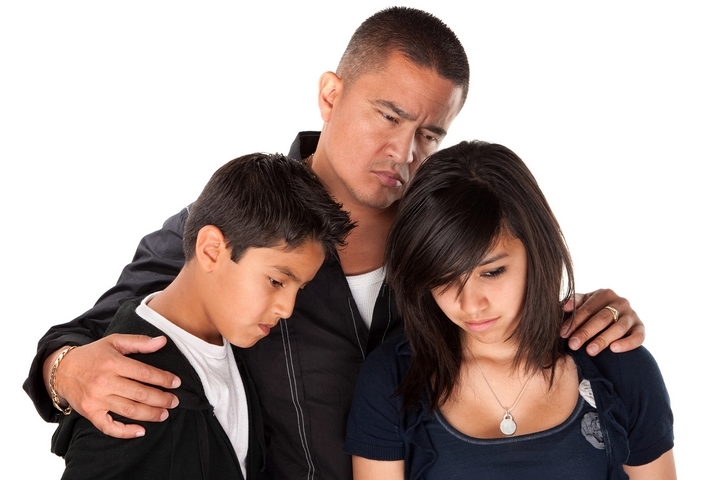12 Different Types of Grief and Their Traits
Grief is an aspect of life that every human being faces at one point or another. The grieving process is common yet misunderstood, and being able to move through grief is not always easy or can be set on a schedule. There are different types of grief, and their differences are important to know. It’s healthy to grieve. Trying not to accept grief for what it is can have long-term damaging effects that can last years.
Let’s learn about the twelve different types of grief.
1. Regular Grief

Normal grief, or generalized grief, is experienced when a loss is suffered and is the most common response. There may be physical, behavioural, emotional, or social symptoms. Most grief will fall under the definitions of ‘normal grief,’ which are fairly wide-ranging.
2. Anticipatory Grief

Anticipatory grief is when you are expecting the loss of someone close to you, and you are preparing for that loss by envisioning life without them. If you care for someone with a terminal illness, anticipatory grief is common. You may be trying to anticipate how you will react and mourn and may feel intense fear or emotions for the dying person.
3. Complicated Grief

Complicated grief is when grieving does not move through the steps of grieving. It is prolonged and intense and interferes with your ability to function. Complicated grief is likely to lead to depression and increased anxiety, with your behaviour affected for an extended period with very little improvement. You should seek expert guidance in dealing with grief.
4. Chronic Grief

Chronic grief is when a reaction of grief does not subside, with these emotions lasting for an extended period. This can cause incredible distress that may grow in intensity over time. With chronic grief, without intervention, you are unlikely to make much progress over time. You may not be able to fully heal with a response that continues to progress negatively and more intensely.
5. Delayed Grief

Delayed grief is a seeming return of sorrow and longing long after a loss. Delayed grief can occur years after a loss, essentially being the emotional reaction that didn’t happen when it could have earlier. This can happen from disassociation or avoidance as a coping mechanism, blocking out thoughts, emotions, and feelings relating to a loss until your system feels ready to deal with it.
6. Distorted Grief

Distorted grief can be extremely intense and an uncontrollable response to a loss. It can sometimes include self-destructive behaviour. A lot of the time, distorted grief is expressed in the form of lashing out and pure anger towards others and yourself. In a sense, it’s someone who may not even know that they are in a grieving period.
7. Cumulative Grief

Cumulative grief is when there has been a second or third loss experienced shortly after a prior one. It is sometimes referred to as grief overload or bereavement overload. This is an incredibly difficult form of grief to manage, and the compounding loss requires the right type of therapy to be able to move through the different stages of grief and process the cumulative stress that has been placed on you.
8. Exaggerated Grief

Exaggerated grief involves emotions and actions that may be more noticeable and disruptive, with a more intense reaction than what you’d see in other forms of grief. It could lead to self-destructive behaviour, nightmares, thoughts of suicide, substance abuse, and more. Exaggerated grief may be a hint at the development of a psychiatric disorder and should be carefully evaluated.
9. Masked Grief

Masked grief is grief that could be impairing or hindering normal life functioning, but a person does not recognize it as grief. They may not connect the physical symptoms or mental behaviours to a specific loss and fail to see how they are related. Yet, they may be. Masked grief occurs a lot when the relationship is difficult or non-existent with the person who passed.
10. Disenfranchised Grief

Disenfranchised grief is when others do not validate your loss. This can occur when there’s been a loss by suicide or overdose, and your feelings of grief are being discounted due to the stigma around those acts. Alternatively, it may be the death of someone others think you shouldn’t be grieving for, such as a former spouse.
11. Traumatic Grief

Traumatic grief occurs when you’re trying to process grief, and there is added trauma involved, often from a violent death or a horrifying experience tied to the loss. This can be accompanied by survivor’s guilt, moral injury, and impair your daily functioning. Traumatic grief requires the help of a trained grief therapist to overcome the very difficult conditions that may be preventing you from moving forward.
12. Collective Grief

Collective grief happens when a tragedy affects an entire community or a large group. During times of war or after major natural disasters, the grief can last months, if not years, as communities come to grips with losing loved ones, public figures, and friends. Collective grief can also occur from the loss of a public figure, a terrorist attack, or a mass casualty event.
